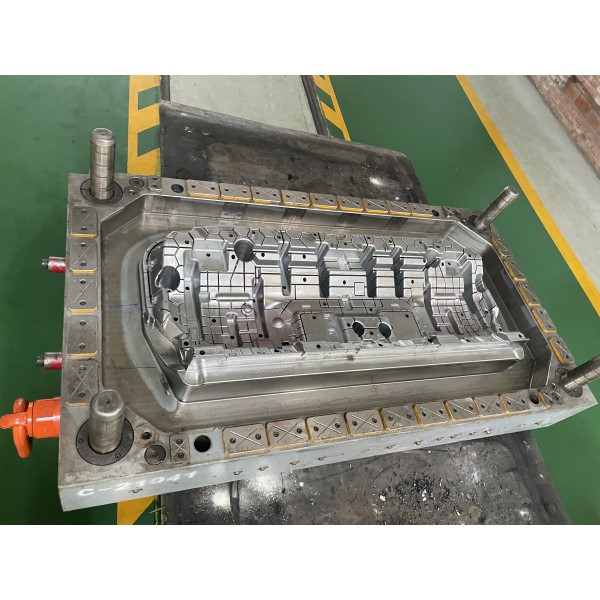An in-depth exploration of the LFT Compression Molding process, advantages, applications, and its promising future.
What is LFT Compression Molding?
LFT (Long Fiber Thermoplastics) Compression Molding is a manufacturing process that utilizes long fiber-reinforced thermoplastic materials to create lightweight and durable components. Typically, the fiber length exceeds 10 mm, ensuring excellent strength, impact resistance, and dimensional stability. This technology has gained traction in industries such as automotive, aerospace, and construction due to its ability to replace traditional materials while maintaining superior performance.
The LFT Compression Molding Process
-
Material Preparation: Combining thermoplastic resins (e.g., polypropylene, polyamide) with long fibers (e.g., glass fiber, carbon fiber) to produce high-quality feedstock.
-
Molding and Shaping:
-
Heating and Plasticizing: The material is heated to a molten state, ensuring a uniform mix of fibers and resin.
-
Mold Filling: The molten material is compressed into a precision-engineered mold under high pressure.
-
Cooling and Demolding: The molded part is cooled, solidified, and removed from the mold for finishing touches.
-
Quality Control: Rigorous testing ensures the molded components meet mechanical and aesthetic standards.

Key Advantages of LFT Compression Molding
-
Lightweight Design: Compared to metal, LFT components are significantly lighter, improving fuel efficiency and performance.
-
High Strength and Toughness: Long fibers enhance load-bearing capacity and impact resistance.
-
Design Flexibility: Enables the production of complex geometries, reducing the need for assembly.
-
Environmental Resistance: Offers excellent chemical resistance and durability in extreme conditions.
-
Sustainability: Thermoplastic resins used in LFT are recyclable, aligning with global sustainability goals.
Applications of LFT Compression Molding
Automotive Industry
Commonly used for lightweight structural components such as door modules, seat frames, and underbody shields.
Aerospace Sector
Widely adopted for interior panels and structural parts, meeting stringent weight and strength requirements.
Construction and Infrastructure
Utilized in impact-resistant panels, durable piping, and load-bearing components for modern infrastructure.
Sports and Consumer Goods
Ideal for high-performance equipment like bicycle frames, ski boards, and protective gear, as well as durable consumer products.
Future Trends in LFT Compression Molding
The evolution of LFT Compression Molding is driven by continuous advancements in materials and processes:
-
Innovative Materials: The development of hybrid fibers and advanced resins to enhance performance.
-
Process Automation: The adoption of smart manufacturing techniques to increase efficiency and reduce costs.
-
Sustainability Focus: Integrating recycled and bio-based materials to minimize environmental impact.
-
New Applications: Expanding into renewable energy systems, electric vehicles, and smart devices.
For more information about LFT Compression Molding, please contact us. Sanse Mould is dedicated to delivering customized solutions for your manufacturing needs.
